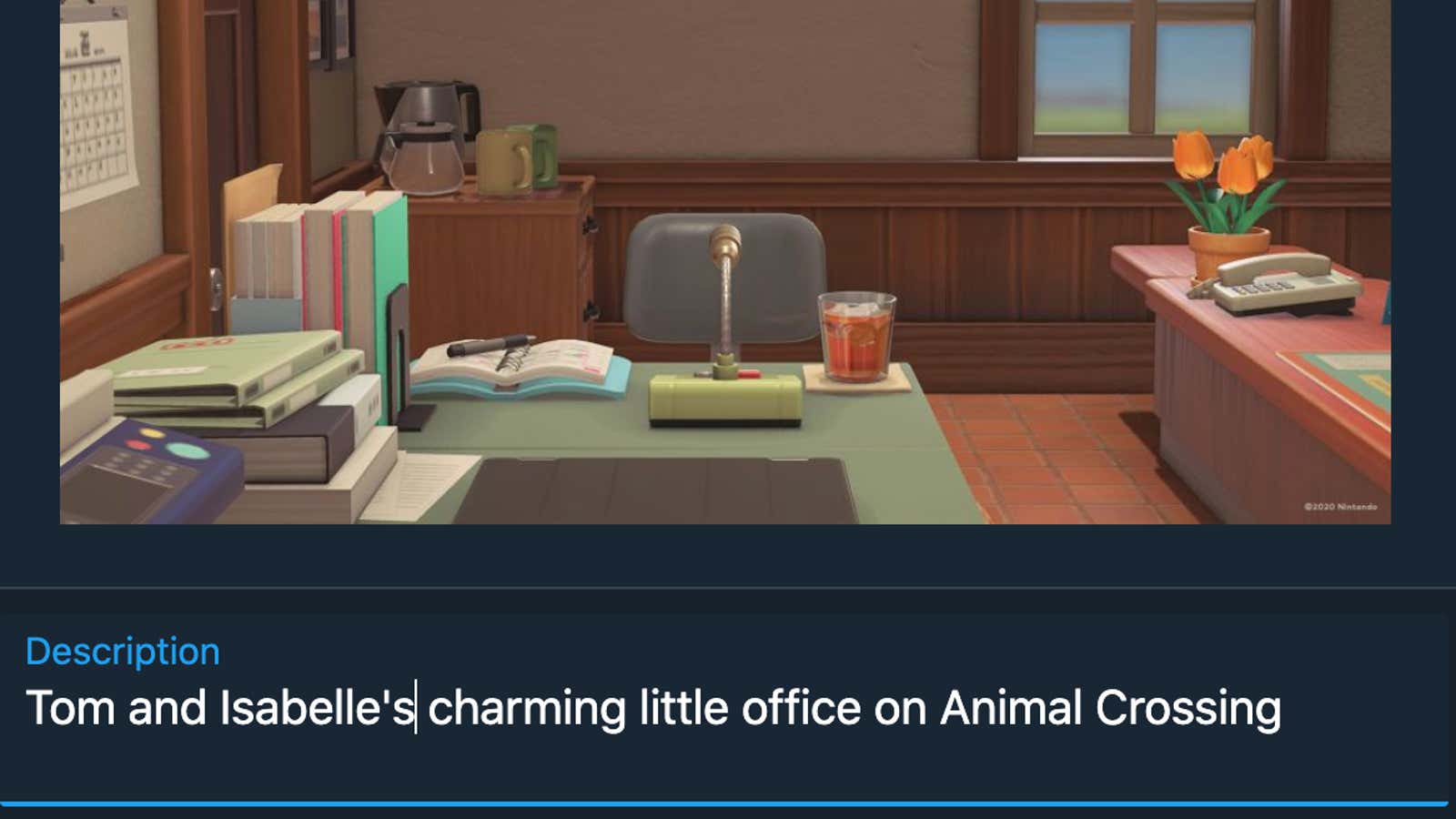Why You Should Add Alt Text to Twitter Images

I’m a lazy tweeter, it’s true. I don’t use the service much, and when I use it, I sometimes load an image with some meaningful comment and stop working. But this is wrong on my part. I, like you, should also take a little time to add alt text to my images posted on Twitter.
Why would you need to take this extra step? Because you’re a good person, that’s why. It’s easy to do, takes little extra time, and helps people with visual impairments better understand the context of your tweet.
Alt Text, for those who don’t know, provides an audio description of the image for those who have screen readers or who use some sort of voiceover feature on their computers or smartphones. You set this description through image alt text, which can help add useful context to whatever the person is reading / listening to. Without alt text, a screen reader or voice-over will skip the image straight.
A tweet, especially one that is essentially a caption of sorts, but not really, or a stinging reaction to a photo that doesn’t make sense without visual context, requires alt text. And you can easily add them online or using the iOS and Android Twitter apps, so you really have no excuse not to use them.
On the web, upload an image to your tweet and click the Edit button in the top right corner. When you do, you will see a new column labeled “ALT”. Click on it and you will first see this screen:
Click Sure and you will be prompted to add alternative text. Save your Twitter snark for your tweet; Alt text should be a clear description of your image. Keep it short, but not too short.
The process is just as easy on iOS and Android . Using the first one as an example, start writing a new tweet and add an image to your post. Click on the hard-to-miss “+ ALT” button and enter your description.
Alt text won’t count towards the character limit for a tweet, but again, you don’t need to write an essay here. A simple sentence that clearly describes what is shown in the photo is enough. Remember that someone – or something – has to read them eventually.